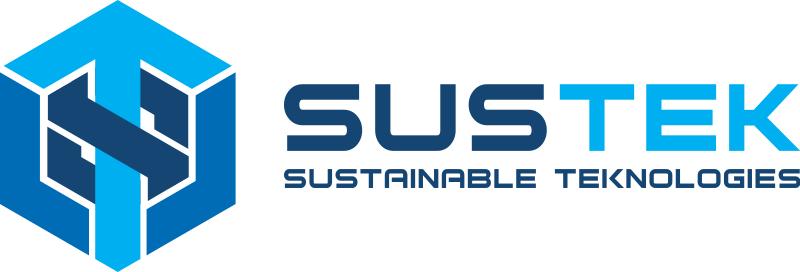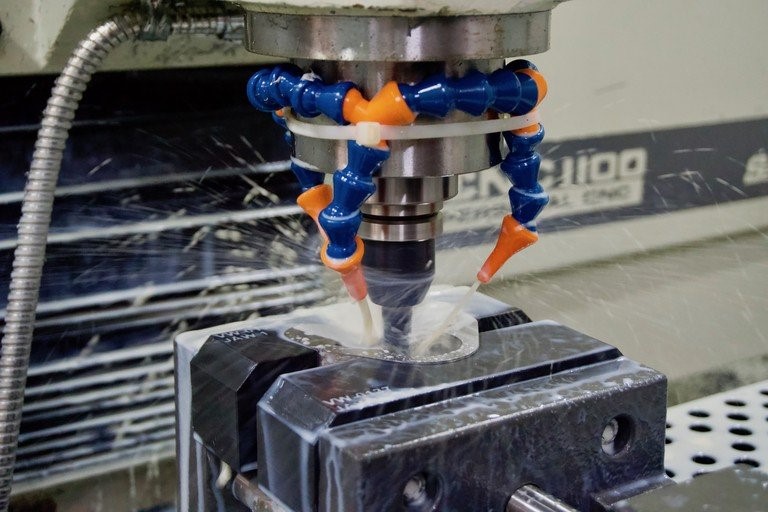How to Design for Assembly (DFA) Improve Your Product!
Do you ever think how a product will be assembled after designing? Are you familiar with the number of parts it will have or how many tools are used in the assembly process? Design for assembly is all about responding to these issues. It helps you make better products at a lower cost by setting your product during the early development phases.
In this article, we will look at what Design for Assembly really means, the best practices in its implementation, and its advantages.
What is Design for Assembly (DFA)?
Design for Assembly refers to a process focused on simplification of product design for easy assembly. This is carried out at the beginning of the development phases and it helps reduce production costs while increasing the product quality.
DFA is considered just before going into production, it will not be possible to optimize the design. The sooner you implement DFA practices in your design, the bigger the cost reduction will be during the product cycle.
5 Rules to Improve Your Product
There are many different ways to Design for Assembly, and most of them depend on the type of product you're designing. However, there are some essential tips that are helpful in most cases.
Minimize part count
The number one rule of DFA? Combine parts whenever possible so long as it doesn’t impact the viability of the part. Lower part counts can lead to faster final assembly.
However, minimizing part count isn’t the same as eliminating features from the part. Far from it, in fact — this practice can be helpful in reducing the number of fasteners needed and eliminating unnecessary labor costs.
Divide the product into modules
Sub-assemblies allow you to complete multiple assembly tasks at the same time. This means that production time goes down and the quality of the components goes up. Moreover, if there are problems with one part, it would not be necessary to stop all production. It would only be necessary to stop production in the affected sub-assembly.
Build fasteners into part design
One specific way to reduce part count is to incorporate fasteners directly into the part itself (rather than requiring screws, bolts, or other additional components). Snap-fits and living hinges are two common design for assembly templates for fasteners that don’t require any additional tools or specialty equipment to construct. Screws and fasteners may be a necessity for particular parts and applications, but, in general, they should be eliminated if possible.
Use existing components
If you have a choice whether to use components already available for your product or to create new components, choose the existing component. It is tempting to create something completely new and unique, but it does mean that new tools will also be necessary to facilitate the assembly process. Don't worry, there are standards for everything imaginable, including screws, springs, electronics and polymers.
Likewise, if you are working on a new product that will be part of a product family, consider sharing common parts or even sub-assemblies to save costs and increase the product's quality.
Pay attention to symmetry
A general guideline when it comes to symmetry and assembly: parts should either be symmetrical so that they are easy to orient during the assembly process, or they should be visibly asymmetric so that they can be easily picked out and oriented.
Avoid designing left- or right-handed parts (as this could essentially double your tooling needs), even if this leads to obsolete or unnecessary features that do not otherwise interfere with the part’s function.
Partnering with an on-demand manufacturer with extensive design and engineering expertise is key to getting ahead in today’s competitive marketplace. That’s where SusTEK comes into the picture. We take pride in making new things possible and harnessing the latest and best technologies to remake tried-and-true legacy components with improved efficiency. We also offer a range of product advisory services to help develop and prepare your parts for production. Contact us today to learn more.

